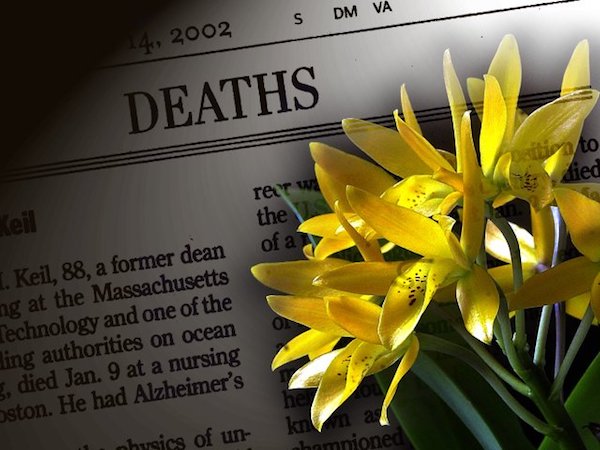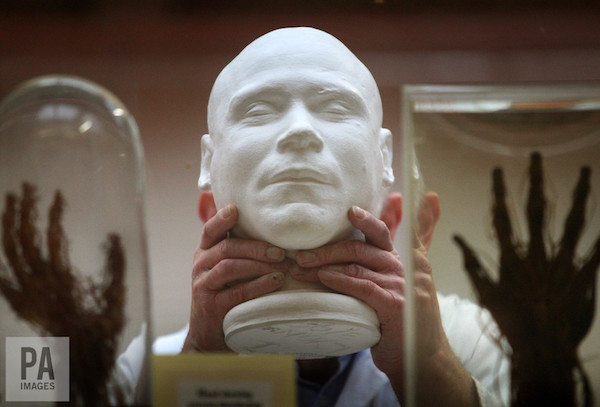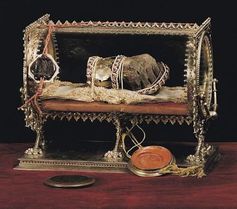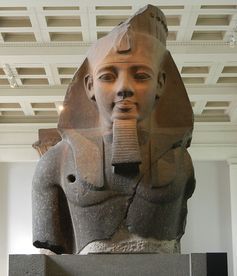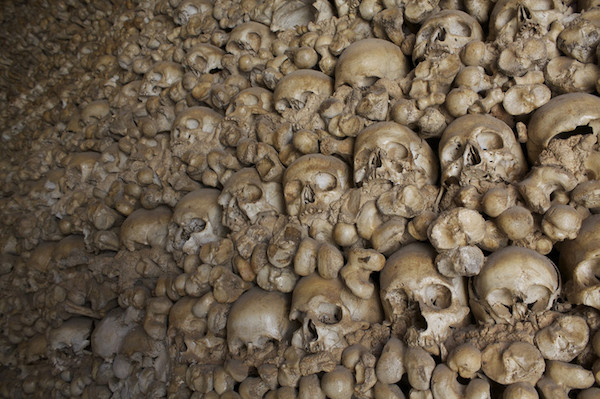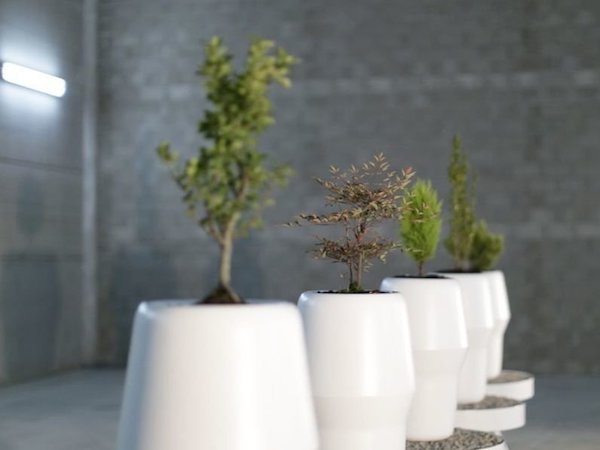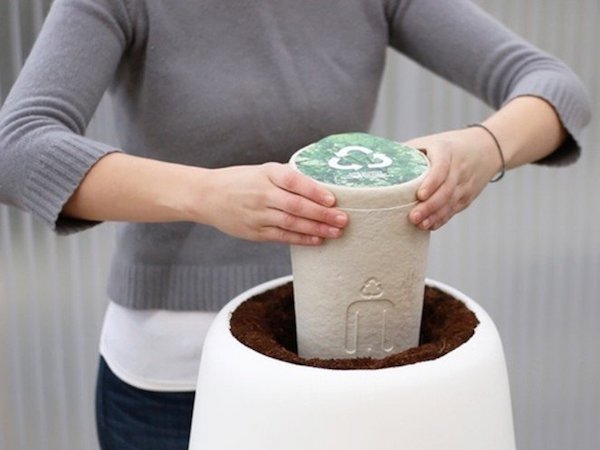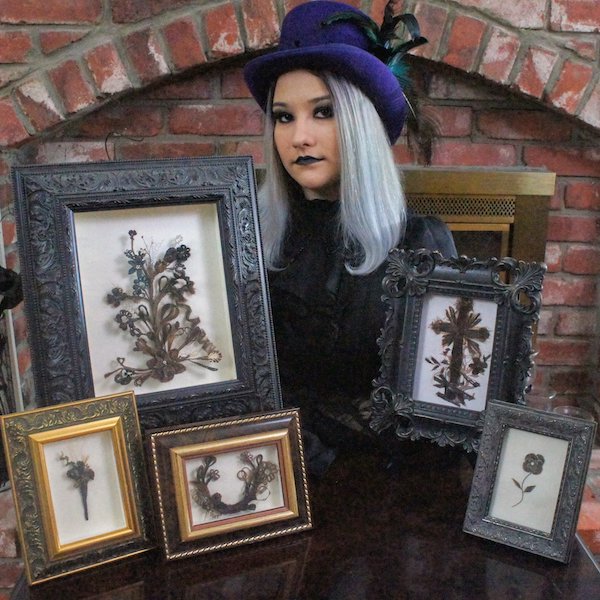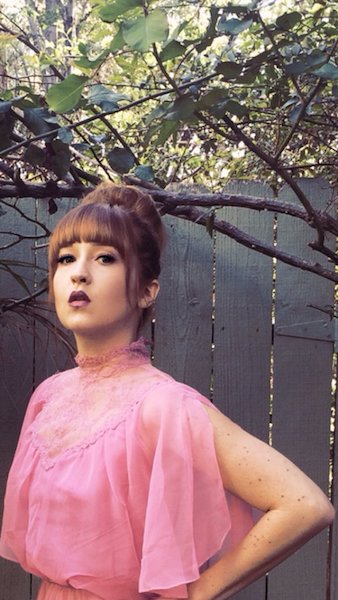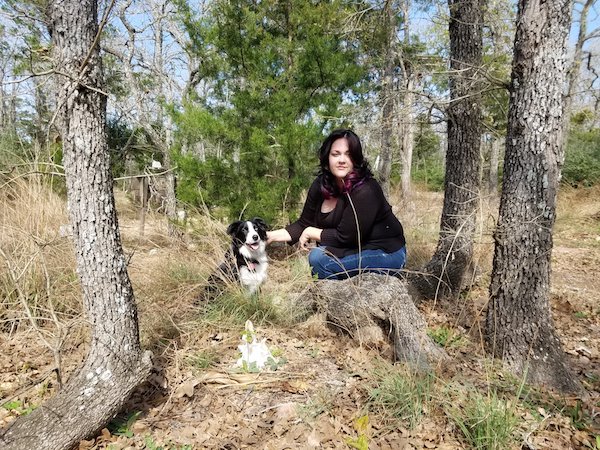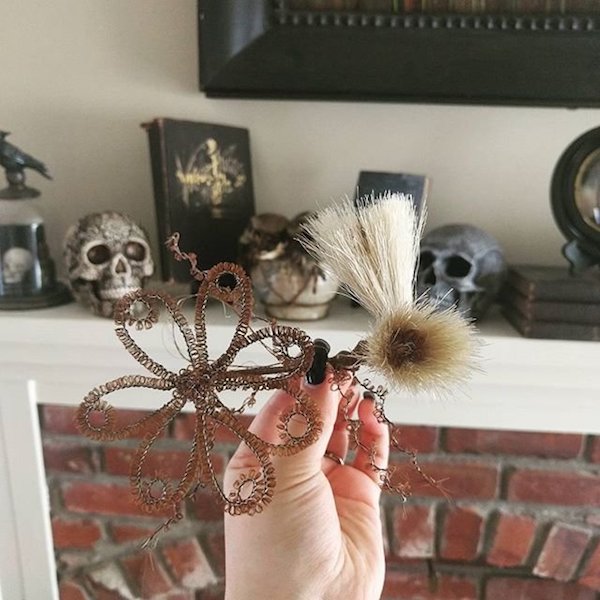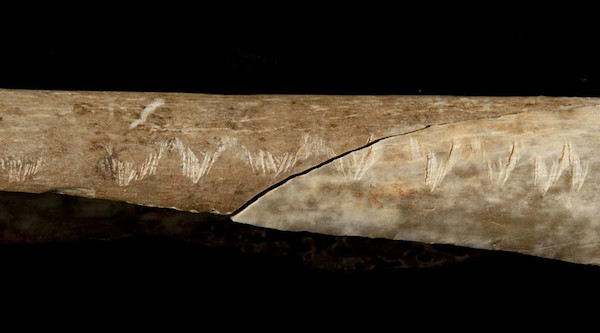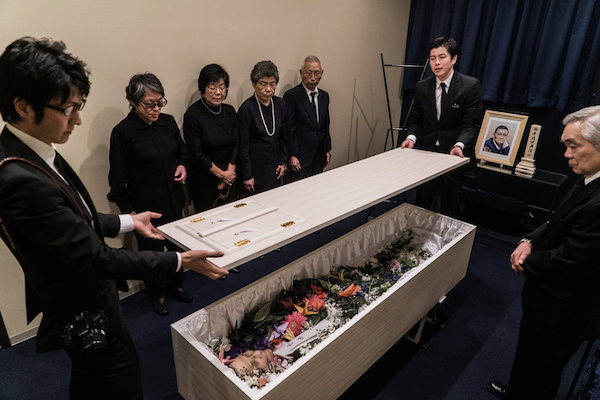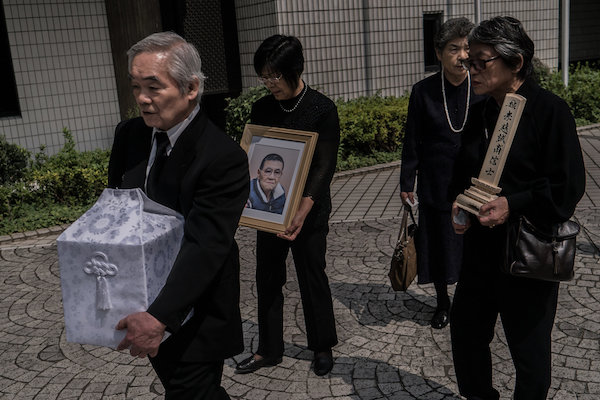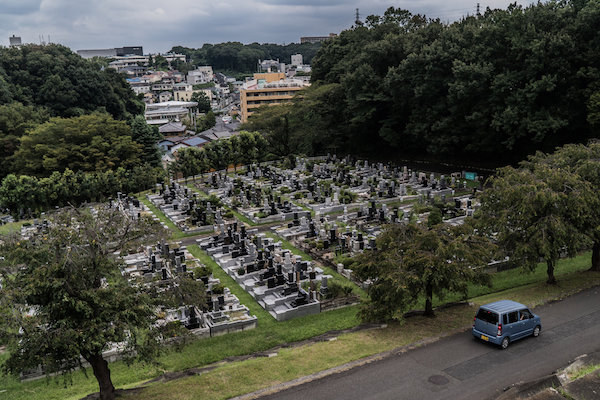Until fairly recently, priests, ministers and rabbis presided over rites for the dead. But fewer Americans are attending a church or synagogue. Enter funeral celebrants.
By Kevyn Burger
[W]hile he was buttoning his crisp white shirt and tying his tie, Ryan Raffray started crying.
He’d been up late the night before, laboring over his eulogy for baby Dylan, found unresponsive in his crib, a SIDS death.
“How do you tell the story of a beloved child who was with us only six months?” he said, as he stood behind the lectern, trying to keep his voice from catching.
Raffray delivered his carefully composed tribute not in a church or funeral chapel, but in a Plymouth hotel conference room.
His audience was not a grieving family but a group of funeral professionals.
And the baby? He was fictitious. But the details Raffray gave about Dylan’s short life were so poignant that the others in the room passed around a box of Kleenex.
Writing and delivering the eulogy was Raffray’s final assignment in a course to become a certified funeral celebrant. He joined a dozen participants who spent three days and $999 attending a workshop on how to craft a final farewell for families that don’t want a funeral with traditional trappings.
Until fairly recently, priests, ministers and rabbis presided over rites for the dead. But fewer Americans are attending a church or synagogue. Every seven years, the Pew Research Center releases a comprehensive Religious Landscape Study. In 2008, 16 percent of those polled claimed no religious affiliation. By 2015, that number had grown to 23 percent, with the drop noted across denominations, genders, generations and racial groups.
That leaves nonreligious families without a person (such as a clergy member) or place (a house of worship) to turn to when they experience loss.
Increasingly, funeral celebrants are stepping in to create secular ceremonies without liturgy, dogma or traditional rituals. What they offer instead is a customized service designed to suit the needs of the grieving.
“Funerals are changing and families need new options and ceremonies that speak to them,” said Glenda Stansbury, co-founder of the InSight Institute Certified Celebrant program, based in Oklahoma City.
“Churches take care of churchgoers,” Stansbury said. “People on the fringes think no one can or will meet their needs. We can be there for the ones who say they’re spiritual but not religious or who clearly state they don’t want to be preached at.”
A meaningful funeral can be a healing first step for families as they begin to mourn. But funeral professionals see more people forgoing funerals altogether because they can’t find a service that will allow country music, quotes from Harry Potter or unvarnished storytelling.
“We know that people need that gathering to share their loss and get support from their community. Without funerals, we’re setting up a nation of people who are not dealing with grief, and unresolved grief is at the root of a lot of persistent problems,” Stansbury said.
Lisa Jones, a community activist from Milwaukee, took part in the celebrant training because she feels “called” to serve this unmet need in her community.
“The black church is strong, but a lot of hurting folks are unchurched or de-churched,” she said. “I just went to a church funeral that used the traditional model, but it didn’t suit the family and they went away feeling angry. We need to find new ways to respond to trauma.”
Training for a tribute
At the celebrant training in Plymouth, students learned how to organize funerals, celebrations of life, graveside services and the scattering of ashes. The course covered incorporating music, readings and video tributes and offered guidance on how to price, position and publicize work as a funeral celebrant. (Most charge $300 to $400.)
The centerpiece of the celebrant’s work is the life tribute, the unique story that the celebrant delivers to give mourners a sense of the life lived and lost.
Celebrants learned how to set up a family meeting to gather a mosaic of memories and fashion them into a story. Gathering those memories is as important as delivering the tribute.
“You become the ambassador for that person’s legacy,” Stansbury told her trainees. “When everyone is hearing the story together it becomes a sacred time that is healing.”
A licensed funeral director and certified celebrant, Stansbury estimates she’s delivered 500 life tributes in her 17-year career. The work is growing more challenging. In recent years, she’s been the celebrant for a greater number of overdoses and violent deaths.
Many funeral directors keep a list of pastors who may be willing to officiate at a service for someone they don’t know (“I never got a chance to meet John … ”). But Stansbury has found them reluctant to officiate at troubling deaths.
“The rent-a-ministers take a pass on the hard cases,” she said. “Families experiencing a sudden, tragic loss need us the most. We tell them, ‘We won’t sugarcoat your loss.’ Sometimes we walk into a family’s dysfunction and we have to help them grieve the relationship they didn’t have. We say, ‘What do you need to say goodbye?’ ”
Authentic vs. anonymous
When dealing with families that lack religious affiliations, funeral directors sometimes step into the breach.
“We’ve been functioning as celebrants, but we never had the training,” said Kelly Woltjer, who owns and operates three funeral homes in northwestern Minnesota with her parents. “We meet the ones who express that they are Christian but don’t go to church and are looking for someone to lead the service. We need help learning how to give them something different.”
Woltjer said many families don’t want mentions of salvation and eternal life, but seek comfort in what’s familiar. “A lot of them will ask for the Lord’s Prayer or the 23rd Psalm and ‘Amazing Grace,’ ” she said.
Some taking celebrant training are licensed funeral directors, like Woltjer, who are formally schooled in embalming and mortuary science. Others hope to work as independent celebrants, who are called in by funeral directors to fill the gap.
Jessica Moujouros works with young people who have experienced loss. That’s what inspired the program director at the Children’s Grief Connection in Willow River, Minn., to undergo the training.
“We see kids who come to our family grief camp because they didn’t have a good funeral experience. Their pain was trivialized. We want to give them a better ceremony that would help them on that stage of their grief journey.”
Moujouros has seen the value of the celebrant option in her own life.
“When my grandfather died last year, we had a celebrant who talked to his last surviving sister and we learned things about him that we never knew. The service and the story was wonderful,” she said. “When my other grandfather died, the town priest pronounced his name wrong.”
Houston-based SCI, the nation’s largest chain of funeral homes, offers celebrants as one of its funeral options. But others in the industry have been slow to embrace the concept.
“I was talking to a small-town funeral director and he said, ‘We would never offer a celebrant.’ He said he wouldn’t risk offending the clergy in his community. I was taken aback by that. He missed an opportunity to serve,” said Prof. Michael LuBrant, director of the Program of Mortuary Science at the University of Minnesota.
While LuBrant called the funeral industry “notoriously resistant to change,” he’s seeing a major shift in the kind of the death rituals that families seek, with tunes from the radio instead of the hymnal or a Champagne toast as a service concludes.
Stansbury agrees.
“Millennials are the least religiously affiliated generation in history and they’re getting ready to bury their baby boomer parents,” she said. “They will demand touching, authentic ceremonies that speak to them and their values. We need to make sure they understand they can have that.”
Complete Article HERE!

